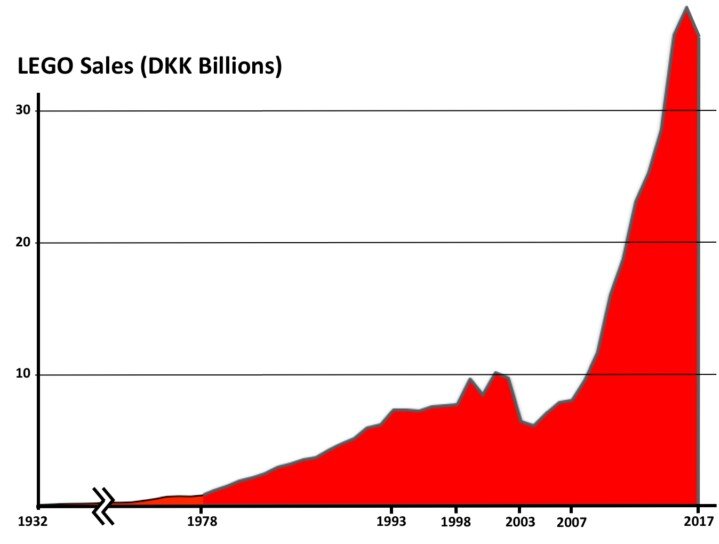Great article by FastCompany, key points:
It restructures a little bit every work shift.
10 hours in painting. Robots did much of the work, then as now, but they were supplied with paint through long hoses from storage tanks. “If we were painting a car red, before we could paint the next car white, we had to stop, flush the red paint out of the lines and the applicator tip, and reload the next color,” Georgetown literally threw away 30% of the pricey car paint it bought, cleaning it out of equipment and supply hoses when switching colors.
Cars now spend 8 hours in paint, instead of 10. The paint shop at any moment holds 25% fewer cars than it used to. Wasted paint? Practically zero. What used to require 100 gallons now takes 70.
Not only does Georgetown use less paint, it also buys less cleaning solvent and has dramatically reduced disposal costs for both. Together with new programming to make the robots paint more quickly, has increased the efficiency of its car-wash-sized paint booths from 33 cars an hour to 50.
“We’re getting the same volume with two booths that we used to get with three, so we shut down one of the booths.” If you want to trim your energy bill, try unplugging an oven big enough to bake 25 cars. Workers dismantled Top Coat Booth C, leaving the open floor space available for some future task.
shutting down Top Coat Booth C liberated a handful of maintenance engineers–who turned their attention to accelerating the next round of changes. Success, in that way, becomes the platform for further improvement. By the end of this year, Buckner and his team hope to have cut almost in half the amount of floor space the paint shop needs–all while continuing to paint 2,000 cars a day.
tenaciously competitive quality
Lean / continuous improvement have been around for more than a quarter-century.
You outflank them next decade. They just don’t realize it.
Toyota wasn’t just another workplace but a different way of thinking about work.
Contrasted to the American business culture of not admitting, or even discussing, problems in settings like meetings.
please talk to us about your problems so we can all work on them together.'”
improvement is much more realistic, much more human
improving something starts after understanding the standard – understanding how we do it now. If you don’t understand what you’re trying to improve, how do you know that your suggestion is an improvement?”
How come the checkout lines at Wal-Mart never get shorter?
How come the customer service of your cell-phone company never improves, year after year? How come my PC gets harder to operate with each software upgrade?
doing it in every single department, every single day. They’re doing it on their own
You simply can’t lose interest in it, shrug, and give up – any more than you can lose interest in your own future.
Doing the task and doing the task better become one and the same thing





